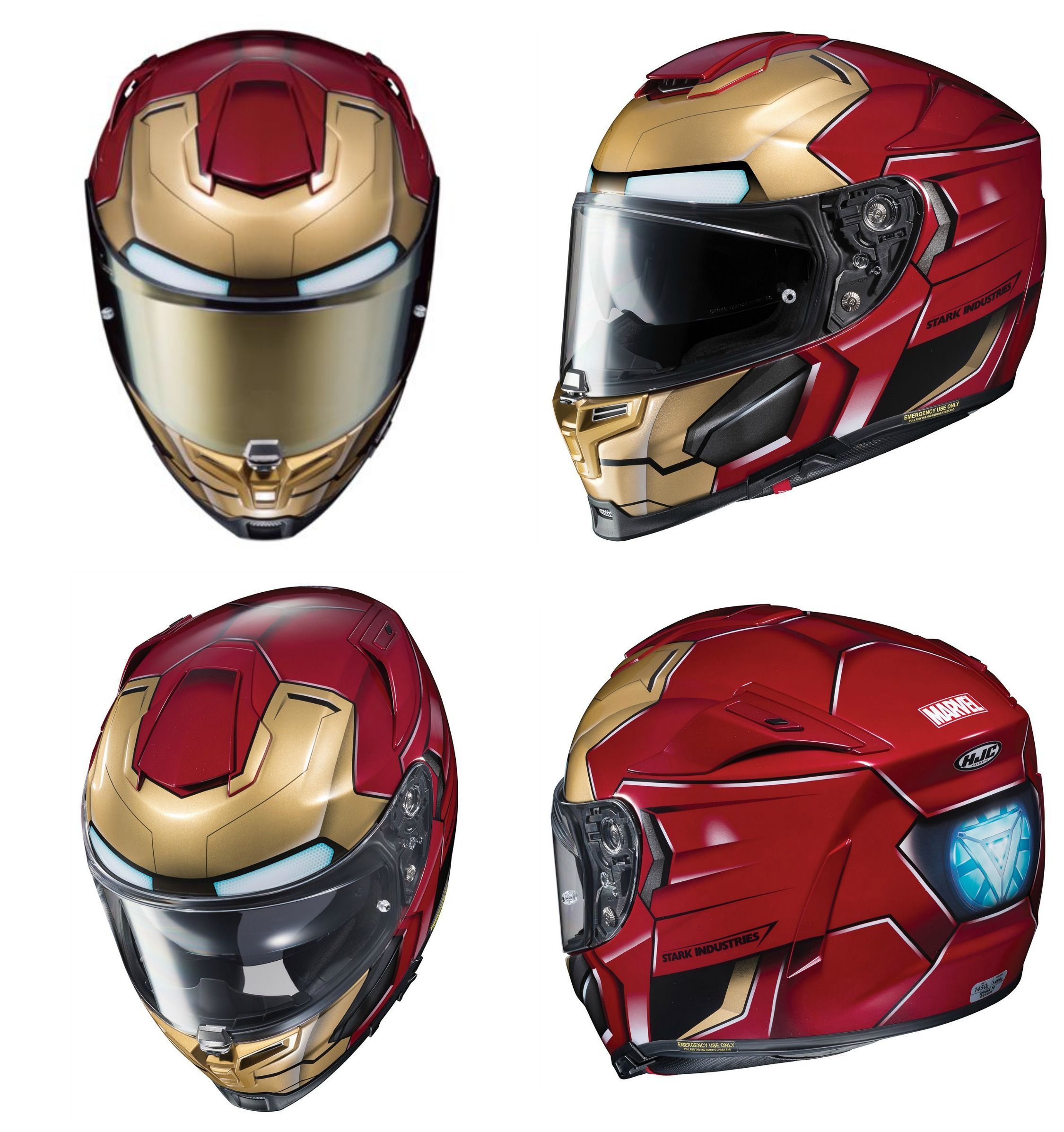Metal channels are widely used in the construction and manufacturing industries. They provide structural support and reinforcement to a wide range of applications, such as framing, roofing, and cladding. Metal channels come in various shapes and sizes, with each type offering specific benefits and applications. This article will explore the different varieties of metal channels, with a specific focus on metal c channel steel, their properties, and their uses.
Metal C Channel
The metal C-channel is a popular type of metal channel. As the name suggests, it is shaped like a “C,” with a flat base and two perpendicular legs. This channel is commonly made from steel or aluminum and is used for various applications, including framing, supports, and braces. The C channel’s design makes it ideal for lightweight structural applications, providing excellent load-bearing capacity and rigidity while minimizing material usage.
U Channel
The U channel is another metal channel with a “U” shape. It has two parallel legs with a flat base, making it resemble an upside-down “U.” The U channel is commonly made from stainless steel, carbon steel, or aluminum, and it is used for a wide range of applications, such as framing, edging, and brackets. The U channel’s design offers superior strength and stability, making it ideal for heavy-duty applications that require significant weight-bearing capacity.
Z Channel
The Z channel is a versatile and durable metal channel commonly used for roofing, cladding, and framing applications. Its unique shape offers excellent structural support and rigidity, making it ideal for applications that require stability and strength.
One of the primary advantages of the Z channel is its resistance to bending and buckling. Its “Z” shape distributes the weight evenly along the length of the channel, ensuring it can withstand a significant amount of pressure without losing its shape. This makes it an ideal choice for roofing applications, as it can support the weight of heavy roofing materials such as tiles or shingles.
Another benefit of the Z channel is its ability to resist corrosion. Many Z channels are made from galvanized steel or aluminum, which are highly resistant to rust and other forms of corrosion.
Hat Channel
The hat channel is a metal channel with a distinctive “hat” shape. It has a flat base with two perpendicular legs, similar to the C channel, but with an added fold that creates a curved lip at the top. The hat channel is commonly made from steel or aluminum and is used for a wide range of applications, including framing, roofing, and cladding. The hat channel’s unique design offers superior structural support and strength while reducing material usage.
Box Channel
The box channel is a metal channel with a square or rectangular shape. It has four sides, with two parallel legs and two perpendicular sides that connect them, creating a box-like profile. The box channel is commonly made from steel or aluminum and is used for various applications, including framing, supports, and braces. The box channel’s design offers excellent rigidity and strength, making it an ideal choice for applications that require significant weight-bearing capacity and structural support.
In conclusion, metal channels are essential components in construction and manufacturing applications. Different types of metal channels offer unique benefits and applications, depending on the project’s specific requirements. Some of the most commonly used metal channels include C, U, Z, hat, and box channels. By understanding their properties and uses, you can select the best type of metal channel for your project to ensure optimal performance and safety.



